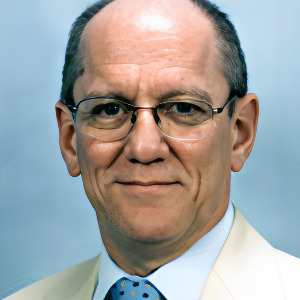Oral Cancer and Dental Radiology
Oral cancer and dental radiology represent critical aspects of oral health and diagnostic practices, playing pivotal roles in prevention, early detection, and effective treatment. Oral cancer, a potentially life-threatening condition, emphasizes the importance of routine screenings and early intervention. Dental radiology, on the other hand, serves as a powerful diagnostic tool, aiding in the identification of various dental and oral conditions. Oral cancer, often linked to risk factors such as tobacco use and excessive alcohol consumption, underscores the need for comprehensive oral health assessments. Regular dental check-ups, including thorough examinations and screenings, are crucial for detecting any abnormalities or signs of oral cancer at an early, more treatable stage. Dental radiology encompasses various imaging techniques, including X-rays and CBCT scans, allowing dentists and oral healthcare professionals to visualize internal structures of the mouth and detect issues such as cavities, periodontal disease, and impacted teeth. These diagnostic tools aid in creating precise treatment plans, ensuring tailored and effective care for each patient. Early detection of oral cancer through screenings and the diagnostic capabilities of dental radiology contribute significantly to improving patient outcomes. Timely intervention not only increases the chances of successful treatment but also reduces the potential for complications and enhances overall oral health. Moreover, the integration of advanced technologies in dental radiology enhances diagnostic accuracy and treatment planning. Digital imaging, 3D imaging, and other innovative techniques provide detailed views of oral structures, enabling dental professionals to identify issues with higher precision. Preventive measures, including patient education on lifestyle factors associated with oral cancer, regular dental check-ups, and the judicious use of dental radiology, collectively form a robust strategy for maintaining optimal oral health. Emphasizing the role of patient awareness and engagement fosters a proactive approach to oral care, reducing the incidence and impact of oral cancer. In conclusion, the synergy between oral cancer awareness, routine screenings, and the advancements in dental radiology underscores the holistic nature of contemporary oral healthcare. By embracing these interconnected facets, dental professionals can contribute significantly to the prevention, early detection, and effective management of oral health issues, ultimately promoting the overall well-being of individuals.

David Geoffrey Gillam
Queen Mary University of London, United Kingdom
Zvi Loewy
New York Medical College, United States
Khamis A Hassan
Global Dental Research Centre, Canada
Laurindo Moacir Sassi
Erasto Gaertner Hospital Cancer Center and Mackenzie Evangelical University Hospital, Brazil
Arnaldo Castellucci
Dr. Castellucci MD, DDS, Italy
Yasser Khaled
Marquette University, United States



Title : Efficacy of a biomin F toothpaste compared to conventional toothpastes in remineralisation and dentine hypersensitivity: An overview
David Geoffrey Gillam, Queen Mary University of London, United Kingdom
Title : Knowledge and attitudes of dental professionals in the evaluation of Molar Incisor Hypomineralisation (MIH): Awareness, diagnosis and treatment approaches: An overview
David Geoffrey Gillam, Queen Mary University of London, United Kingdom
Title : Innovative approaches to impede the pathogens implicated in COPD exacerbation
Zvi Loewy, New York Medical College, United States
Title : Enhancing root canal success strategic use of orifice opener one step synthesis gels orifice barriers
Emmanuel Samson, Consultant Total Dental Care, India
Title : The coordinated triad of spatial temporal and biomechanical strategies managing the where when and how of shrinkage stress in bulk fill resin composite restorations
Khamis A Hassan, Global Dental Research Centre, Canada
Title : Importance of clinical pharmacokinetics of medications in the postoperative period of patients undergoing dental surgical procedures
Vitoldo Antonio Kozlowski Junior, Ponta Grossa State University, Brazil